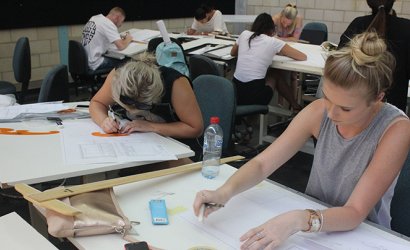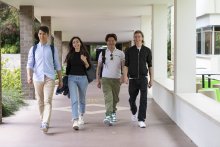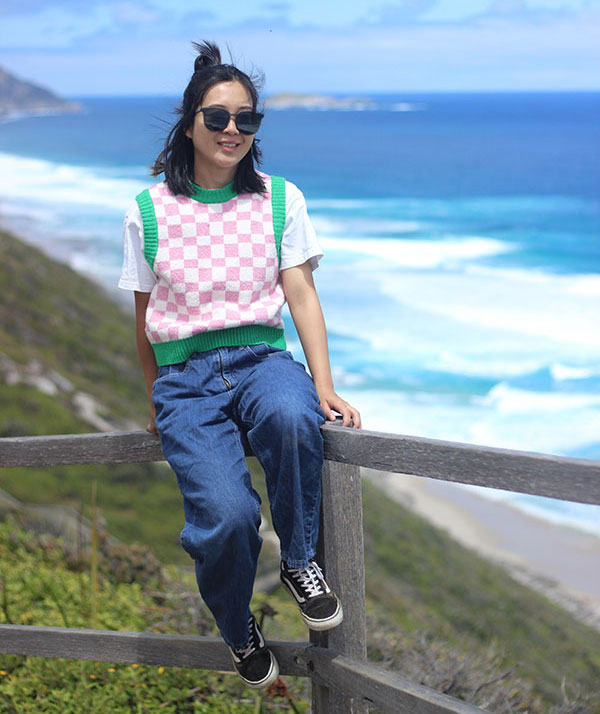

Why choose this course?
Prepare for a career as a contemporary artist or designer with this qualification. Refine your skills in a holistic studio environment and explore, practice and demonstrate what it is to be a creative practitioner. Gain the skills and knowledge required to be self-sufficient upon graduation.
You will have the opportunity to develop your own project proposals, working closely with our lecturers and technicians to explore your ideas and bring your visions to life. At the end of your course you will be invited to participate in a graduation exhibition, renowned nationally for showcasing some of the WA’s best emerging artists and designers.
Benefit from over 100 years of high-quality art and design training in WA. You will study in purpose built art and design facilities, and have access to a broad range of industry standard equipment and materials.
Visual artists and designers have transferable ‘creative skills’ that can be broadly applied within a variety of professional contexts. These skills allow for interdisciplinary collaborations across existing and emerging industries. Career opportunities for artists and designers exist across a broad range of arts, government and commercial organisations.
As a visual artist or designer, you may choose to develop your own independent practice, seek employment opportunities within specific creative industries or explore other opportunities, such as internships or residencies.
This course is superseded. You can still enrol in this course, and you will be contacted if you need to transition into the next version when it is available.
Career opportunities
- Visual Artist
When choosing a course, it's important to think about the key skills and knowledge you'll need, as well as how you'll be assessed. Take a look at this information and consider if you might face any challenges in meeting the course expectations and requirements.
- Creativity, imagination and artistic skill
- Technical ability in area of specialisation
- Good hand-eye coordination
- Dedication and self-motivation
-
An IELTS score (academic) of 6.0 with no band score less than 5.0 or equivalent.
-
Completion of CUA51120 Diploma of Visual Arts is required for entry into this course.
There may be further semester intakes available for enrolment. You can view any further intakes when you submit your online application(opens in a new tab).
For information about pathways from TAFE to university, view our Pathways to university page.
How to apply
Apply to study at TAFE in six steps:
- find a course;
- check entry requirements;
- submit an application;
- accept your offer and pay;
- apply for your student visa; and
- receive your visa and come to Australia for your studies.
TIWA Course Guide
A guide to studying at TAFE in Western Australia, including study options, facilities and campus locations!
Download study area guide(opens in a new tab)
Contact us(opens in a new tab)
TAFE International Western Australia (TIWA) is the Registered Training Organisation (RTO) and Commonwealth Register of Institutions and Courses for Overseas Students (CRICOS) provider, for the delivery of training to international students, enrolled in a TAFE course in Western Australia. This nationally recognised course is delivered by a Western Australian TAFE college on TIWA's behalf. TIWA retains responsibility for the quality of the training and assessment delivered by the TAFE colleges and for the issue of certification documentation to students.


